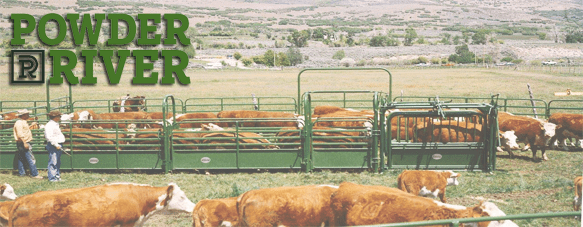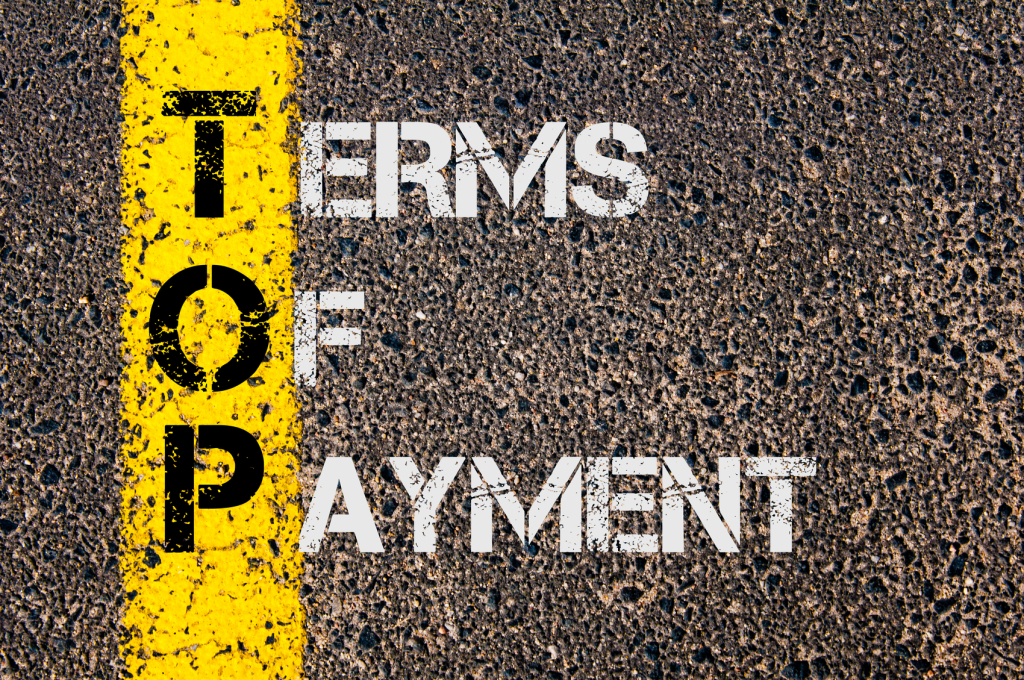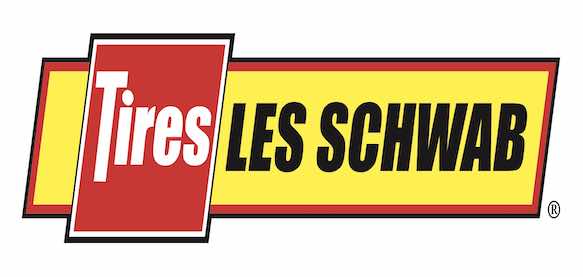
OFI 204: Dealing With Slow And “No” Paying Customers
OFI 204: Dealing With Slow And “No” Paying Customers
SHOW NOTES
KEY POINTS:
80% of small businesses receive late payments – paysimple
64% of small businesses have clients who don’t pay for 60 days – Wall Street Journal
In agriculture, just like everywhere else, some customers have a tendency to pay slowly. They’re our customer right? They deserve some grace. That is true, but slow payment for services or products can create a host of problems for the small business owner, namely a cash flow problem.
The term cash flow gets spread around so much that everyone assumes that it is widely know what is meant by this term. But for simplicities sake, let’s explain it. Imagine that you worked two weeks last month on a big project for one customer. This cost you $2200 in labor, and the pay period just ended. Your big customer has yet to pay you for the job, but you just cut the payroll check to pay your employees on time. That wiped out all of the money in your business checking account, and there are more bills coming. You are out of cash – this is a cash flow problem.
This can be a tricky issue in agriculture. We understand that a lot of our customers who are farming and ranching only get paid once per year. So, they understand cash flow problems really well. However, what do we do when we need payment to keep our businesses running. We need to walk a fine line of understanding and respecting the business model our farmer and rancher customers use and not drowning ourselves in debt to keep up and running.
As a small business owner that services the agricultural community you have a couple of choices. You can use the “stick or carrot” approach to encourage faster payment. Or, you choose between living with slow payment or taking action to remedy the situation.
The Stick Or Carrot Approach
With this approach you can encourage expedient payment of invoices by either threatening or incentivizing your customer. Let’s look at some options:
Carrot: Offer an incentive to your customers for early payment. Perhaps a percentage discount or free hour of service on your next visit. This is a way to motivate your customer to pay early, but does this bother you? Do you want to give some of your revenue back to get your customer to do what they should be doing already?
Stick: Have a late payment fee built into your invoice. Make it clear to your customer that if they do not submit payment within 30 days that they face a 2% late payment fee. If you do this, and a customer fails to pay on time do you actually try to collect the 2%? Or, do you chalk this up as a bluff intended to speed up payment for most of your customers, and just accept the late payment from the others. Trying to collect this penalty from a customer who was going to pay, just slowly, could lead to hard feelings and a distressed or non-existent business relationship
Carrot: Use a service like PayPal to allow alternative methods of payment. Perhaps it is not that your customer does not have the funds. Maybe the thought of sitting down at a desk, filling out a check and mailing it to you is unappealing to your slow paying customer. If they could just navigate a couple links on their smartphone and pay you, you could possibly have your money within moments of them opening the mail and finding your invoice.
Stick: Refuse further service to a customer until you are paid. This makes sense right? But how do you approach this? I have found this to be an effective method when combined with humble approach. Something like, “I’d be happy to come service your property again, but you know I haven’t been paid for the first time I was out yet. I’ll need to get settled up first.” Don’t pin your customer in a corner. For most people a gentle reminder is all that they will need.
Live With It Or Take Action
I tend to try and live with slow payment and make the business function in spite of that. I live with it until at least 35 days have passed. Why 35? Well, many time management and efficiency experts today advise “batching” of different tasks. Batching means saving it up and doing it all at once.
I assume that my customer who has not paid for 30 days does this and pays their bills only once per month. So, if it has been 30 days since they received their invoice, they might have just paid the bill. The check might literally be “in the mail.” The last thing I want to do is call them to collect money when they have already paid and the money is in transit. So, 35 days is a nice cutoff to determine whether or not this customer is “batching” their bill payments.
At 45-60 days, I am definitely taking action. “Taking Action” makes this sound a lot cooler and more dramatic than it really is. This is always a telephone call. It is never a letter, text message, email or personal visit. A personal visit can feel like debt collection and the wrong tone can be read into anything written down. But a short telephone call asking to make sure that they had received the invoice is normally all the reminder a customer needs to kick their bill paying instincts into action. Most customers are embarrassed when this happens, and the last thing you want to do it pile on and change the embarrassment to anger.
Sometimes the customer actually did not receive the invoice. Or, they received it and the check has not arrived for some reason. Occasionally mail gets stolen or lost. These all sound like convenient excuses, but every now and then they really happen. To maintain a great relationship with your customer, assume the best about them until you have no other options.
Another way of taking action is call and confirm that the invoice has been received about week after you sent it. This is not a call that embarrasses the customer because they forgot to pay. This is a call to check their satisfaction with the job and make sure that they received all final correspondence from you, including the invoice. This is just a gentle reminder to keep you “top of mind.” This might speed up payment from notoriously slow paying customers.
Sometimes slow payment is your fault. Do you get the invoices out right away? You can only start holding customers accountable for how long it takes them to pay based on when they receive the invoice. So, if you wait ten days to get a customer invoice, you are probably not going to take your first action step to collect payment until 55 days have passed.
This happens a lot in agriculture. So many of our businesses have very busy periods based on seasons, planting schedules or weather. During these periods we just don’t have the available time to sit in the office and fill out invoices. On my farm I hire my hay cutting and baling in addition to my spraying done by custom businesses. I have gone many months waiting for invoices from these gentlemen in the past if they work for me during a busy part of the season.
Payment Disputes
If a customer wants to dispute the amount owed to them, I fall back on the adage that “the customer is always right.” Now, the customer is not always right – that is why we need the saying. But you want to give them the benefit of the doubt until circumstances dictate you do otherwise. After all, they are the customer, and as long as they are not dishonest you want to continue to do business with them.
A lot of times when a customer wants to pay less it is because we have not done a good enough job communicating. Perhaps they did not have realistic expectations of what would be accomplished after your first trip to their property. Or, maybe they do not understand the price of your service in the marketplace.
I tend to re-do the work rather than refund the money if there is a payment dispute. Sometimes I will re-do the work, and it becomes apparent that the customer was looking to get the work done for less money and the job was done just fine in the first place. If this is the case, it might be time to walk away and fire this particular customer.
This is why it is important to price your products and services appropriately. You need to have enough margin in your pricing that you can absorb these moments. Whether you are refunding all or some of the initial fee, or you are doing the job again for free, this will cost you money. If you have charged appropriately you can probably still profit on the job, no matter how you resolve the dispute.
If you do not charge appropriately and your margins are too small, your decision making will be impacted. This will make it more difficult for you be gracious to the customer. A partial refund or retreat might make or break you for the month if you did not charge enough the first time. And you might begin a very negative cycle that leads to hard feelings between you and the customer. This can lead to the loss of a customer and damage to your reputation in the marketplace.
So, you have permission to say “I’m protecting my reputation” the next time a customer asks why you charge what you do!
If you are new to business you need to anticipate that some customers are going to pay slowly. This is going to happen to you, just like every other business owner. The seasonality of farming and ranching creates even more dynamics that can lead to slow payment by customers.
How will you build your business so you can deal with slow paying customers?
Links To Articles:
Slow Paying Clients? 7 Tips To Help You Get Paid Faster
Results Released for Small Business Pulse Survey
Small Firms’ Big Customers Are Slow to Pay
10 Tactics for Dealing with Slow-Paying Accounts
Dealing with Slow-Paying Customers
How to Handle a Slow-Paying Client and Improve Cash Flow
Household Finance Corporation, Department Of Research On Slow Paying Customers:
LISTEN TO US ON SATELLITE RADIO! WE ARE CONTRIBUTORS TO “FFA TODAY” ON RURAL RADIO SIRIUS XM CHANNEL 147!
“FFA Today” airs on Rural Radio Sirius XM Channel 147 Saturdays at 7:30 AM Eastern and Sundays at 6:30 PM Eastern. Please let RURAL RADIO know that you like hearing us on their channel! Here is how to contact them and leave feedback: Email: zacht@rfdtv.com Website: RuralRadio147.com Twitter: https://twitter.com/RURALRADIO147



Leave a Comment